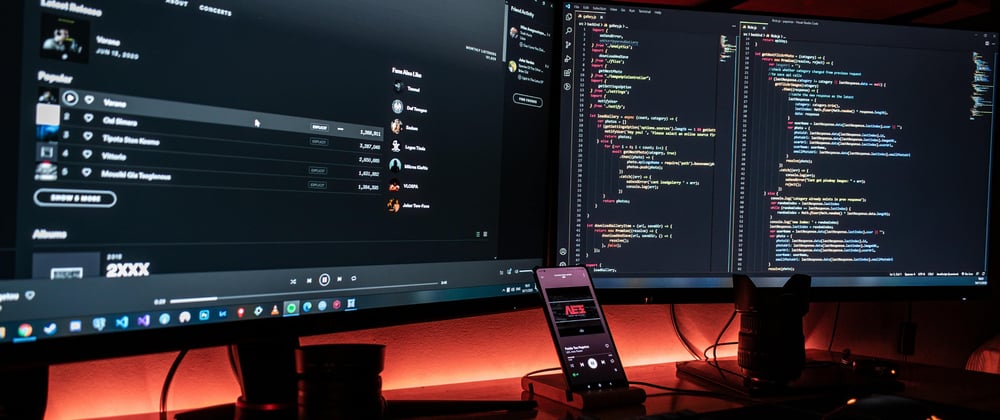Python is a high level, interpreted and object oriented scripting language. Python is designed to have readable syntax and is therefore more suitable for beginners who are learning how to code. It was developed by Guido van Rossum in the late eighties and early nineties at the National Research Institute for Mathematics and Computer Science in the Netherlands.
Features of python
Python's features include:
-Easy to learn − Python has few keywords, simple structure, and a clearly defined syntax. This allows the student to pick up the language quickly. An example if I wanted to print a "hello world" program.
print("Hello world")
-Easy to read − Python code is more clearly defined and visible to the eyes.
-Easy to maintain − Python's source code is fairly easy-to-maintain.
A broad standard library − Python's bulk of the library is very portable and cross-platform compatible on UNIX, Windows, and Macintosh.
Interactive Mode − Python has support for an interactive mode which allows interactive testing and debugging of snippets of code.
It supports functional and structured programming methods as well as OOP.
It can be used as a scripting language or can be compiled to byte-code for building large applications.
Uses of python
Data analysis and machine learning
Python has become a staple in data science, allowing data analysts and other professionals to use the language to conduct complex statistical calculations, create data visualizations, build machine learning algorithms, manipulate and analyze data, and complete other data-related tasks.Web development
Python is often used to develop the back end of a website or application—the parts that a user doesn’t see. Python’s role in web development can include sending data to and from servers, processing data and communicating with databases, URL routing, and ensuring security. Python offers several frameworks for web development. Commonly used ones include Django and Flask.Automation or scripting
If you find yourself performing a task over and over again, you could work more efficiently by automating it with Python. Writing code used to build these automated processes is called scripting. In the coding world, automation can be used to check for errors across multiple files, convert files, execute simple math, and remove duplicates in data.Game development
Python is used to in designing and building games. For practices you can build games like snake game, blackjack, card game etc.Everyday tasks
Python isn't only for programmers and data scientists. Learning Python can open new possibilities for those in less data-heavy professions, like journalists, small business owners, or social media marketers. Python can also enable non-programmer to simplify certain tasks in their lives. Here are just a few of the tasks you could automate with Python:Keep track of stock market or crypto prices
Send yourself a text reminder to carry an umbrella anytime it’s raining
Update your grocery shopping list
Renaming large batches of files
Converting text files to spreadsheets
Randomly assign chores to family members
Fill out online forms automatically
Top websites to learn python
Udemy
It's another popular online course platform, which probably has the biggest collection of online courses on earth. I like Udemy because you can virtually find a course on anything you want to learn and that too for free.
https://www.udemy.com/course/pythonautomation/Coursera
If you want to learn from the world's leading universities without paying a single cent then Coursera is the place to go. It offers online courses taught at reputed universities like Stanford, INSEAD, NUS (National University of Singapore), and many more.
On top of that, it's has one of the most popular free courses to learn Python - Programming for Everybody (Getting Started with Python).







Latest comments (0)